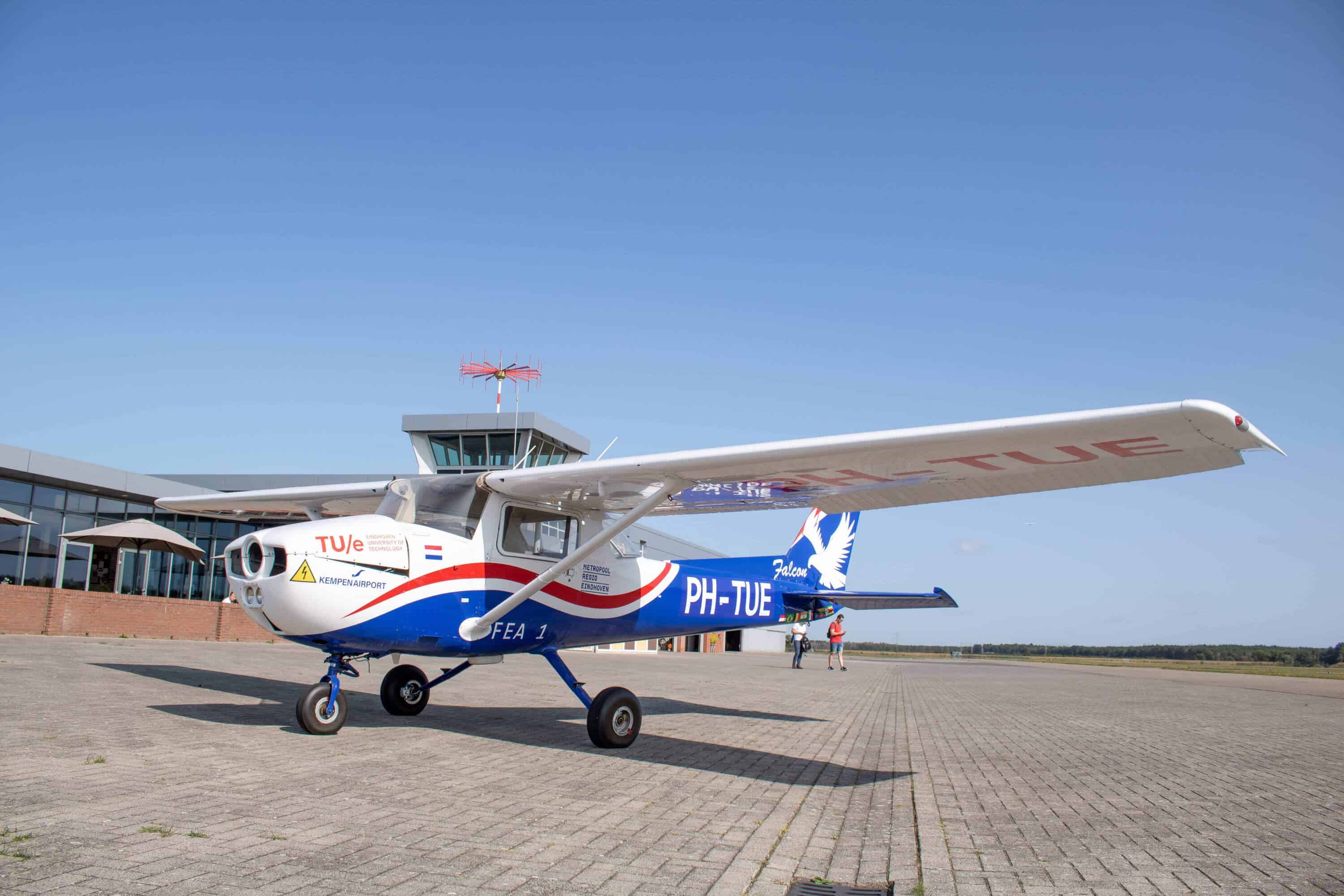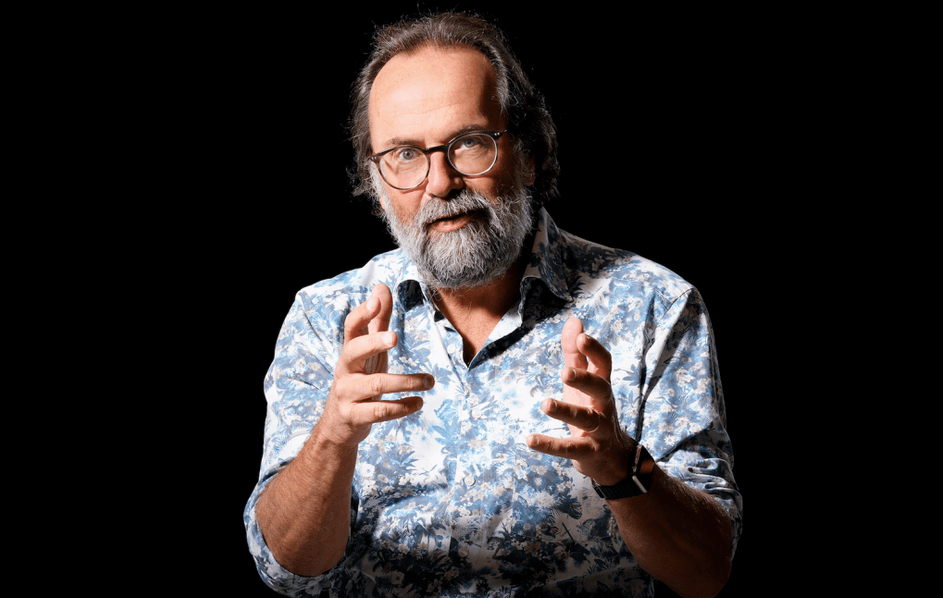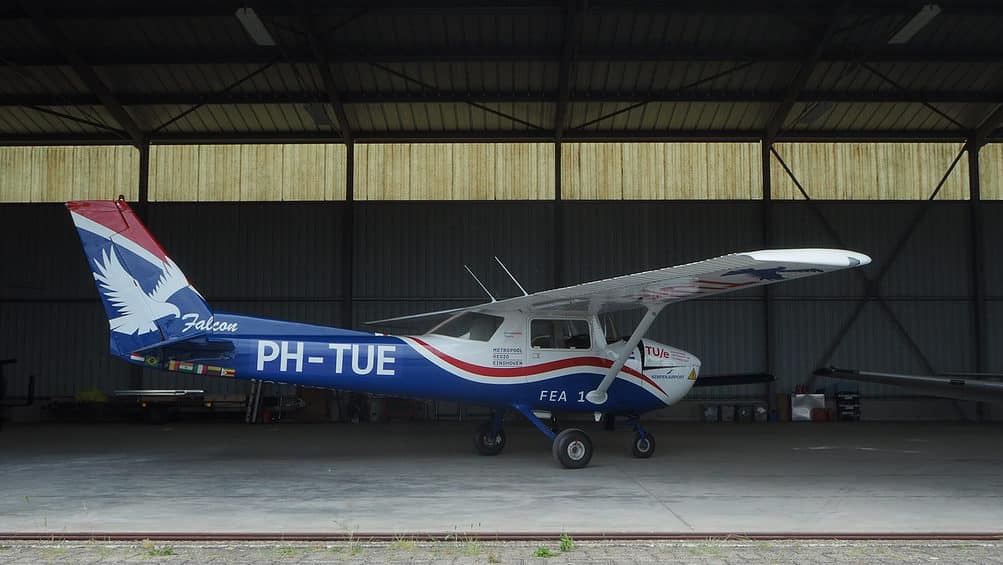
While power plants and heavy industry are making ever greater strides in the transition to a carbon-free sector, aviation is struggling. “The transition is really still in its infancy in this sector,” economist Mathijs Bouman concludes in this item from the Dutch Nieuwsuur TV program concerning innovation in aviation. Innovation in aviation – mainly due to very strict safety requirements – tend to take a very long time.
Another way to fly
The best thing would be if we all flew less, but in the future it will also be possible to fly differently. For short haul flights, an electric battery is the most obvious solution, as for long haul flights, that is going to be hydrogen and green kerosene.
Although an emission-free aviation sector is still in its infancy, that does not take away from the fact that in many places, a great deal of hard work is being done to help the sector out of its infancy. For example, Eelde Airport (near the Dutch city of Groningen) wants to be the most sustainable airport in Europe by 2030, and the Netherlands Aerospace Centre (NLR) is using Twente Airport as an incubator for sustainable aviation.

Electric aviation: an opportunity for regional airports
According to Maarten Steinbuch, university professor of control engineering at the Eindhoven University of Technology (TU/e), electric aviation presents an excellent opportunity to put regional airports to better use. “Over the coming years, this form of transport is set to tap into a completely new mobility segment at the lower end of the market. This will mainly involve passenger transport. It will start off with 5 to 9 people in 2025, potentially with plug-in hybrid aircraft, but by sometime between 2030 and 2035, we’re already talking about 40-seaters with a range of about 400 to 500 kilometers. That is particularly interesting for inter-regional airports.”
At present, two start-ups in the Netherlands are building electric aircraft: Maeve Aerospace from Delft and ELECTRON aviation from Teuge and Eelde. Maeve wants to fly the first passengers fully electrically in 2029. Their aircraft is then expected to carry 44 passengers over a distance of 400 kilometers.
ELEKTRON plans to put the first electric air taxi into service in 2026. This taxi can accommodate four people and has a range of 750 kilometers. This start-up wants to install at least 30 taxi hubs across Europe within the next ten years, founder Josef Mouris previously told Innovation Origins.
Next year, the first PAL-Vs – a flying electric car from Dutch origin – will also take to the skies.

Charging infrastructure
Together with Jurjen de Jong and Jeroen Kroonen, Steinbuch founded NRG2fly. The start-up aims to ensure that battery-electric aircraft can recharge on locally generated, renewable energy early on in the development process. That charging process should take place in a fast and safe way, without overloading the power grid.
Now you may ask: why so soon? After all, apart from the aircraft at the E-flight Academy in Teuge, no electric planes are flying around yet. But those who ask that are not really thinking ahead, in Steinbuch’s opinion. “If we have learned one thing from the development of the ecosystem around electric driving in the Netherlands, it is that you have to think about standards for charging at an early stage.”
The idea is that larger aircraft will soon charge using heavy-duty Megawatt Charging System (MCS) charging plugs – which are also used for heavy trucks – and can be recharged within half an hour.
Hybrid flying as a stepping stone
While it will probably be some time before fully electric aircraft take to our skies, many airlines are also working on hybrid aircraft. These vehicles fly partly on fuel and partly on electricity. Certification for these is proceeding much more smoothly and it is a good stepping stone to fully electric aircraft, Steinbuch notes.
“For hybrid flights, you also need charging stations. NRG2fly is coming up with ideas together with airports and developing software protocols. We want to give the ecosystem a push in the right direction and help shape it further. Among other things, we are working on a Growth Fund proposal so that the government can support us, because we would like to speed up innovation. The Netherlands has to play a pioneering role in electric aviation. At least in Europe, but preferably globally.”

All the elements to assume a pioneering role are in place
The Netherlands has an excellent knowledge infrastructure as well as experience in setting up a good ecosystem. Steinbuch: “Just look at the charging infrastructure for electric driving. We got that off the ground very quickly; we are in the top three in Europe.” As a third advantage, the professor cites the fact that there is no large aircraft manufacturer in our country, so start-ups have all the space they need. There, innovation tends to progress much faster than in large, unwieldy companies.
NRG2fly is building a test facility at Teuge Airport together with E-flight, where they are demonstrating how to go about organizing charging infrastructure. On the ABC Islands, they are also helping to make the current market more sustainable with hybrid forms of aircraft in conjunction with the Royal Netherlands Aerospace Center. In November, the first demonstration flights with an electric two-seater took place on the island of Aruba.
Falcon Electric Aviation
TU/e is also working diligently to help electric flight out of its infancy. In 2021, IO interviewed student team Falcon Electric Aviation. The team aims to convert existing two-seater aircraft into electric versions. They are starting with the Cessna 150; an aircraft widely used for training pilots.
“We want to replace the combustion engine with an electric drivetrain. An internal combustion engine weighs about 200 kilos. An electric motor with the same capacity only weighs twelve kilos. So we can use the surplus weight for batteries,” Brandon van Schaik, founder of Falcon, explained previously.
Yasmin Rettab has been team manager for the student team since last summer. She adds that the main focus in the conversion of the Cessna is to keep the weight and its distribution the same as much as possible. “That way, pilots do not need any additional certification or training for our electric model. That also makes the concept the most appealing financially speaking.”
‘Enormous difference’
Miquel de Geus, engineer at Falcon, explains that this is also precisely where the biggest challenge is found. “We have to keep the differences between the classic and the electric Cessna as minimal as possible, while the difference between a combustion and electric engine is huge. Not only the weight distribution but also, for example, the pilots’ dashboard has to be identical. Therefore, we have to integrate all these different interfaces.”

Focus on the ecosysteem
The single biggest change since the last time Innovation Origins spoke with the team, according to Rettab, is that they are not just focusing on technology development, but are taking the whole ecosystem around electric flight into account in their work. “We can develop a plane that flies on an electric battery, but where are you going to charge it? If our end product is not a part of a bigger overall system, it doesn’t make much sense. That’s why we are now investing more in working with partners like NRG2fly. With them, we also brainstorm about charging.”
At TU/e, this mutual cooperation could be much more intensive if it were up to Rettab. “After all, the university is mainly focused on the automotive sector. While a lot is also happening in the field of aerospace. We have teams working on satellite technology and drones. We are trying to form more of a community. Eindhoven Engine is also doing a lot of work in this respect, but we could really use a lot more support from the university. For example, it is quite tricky to get in contact with the right partners.”
“We can develop a plane that flies on electric battery, but where are you going to charge it? If our end product is not a part of a bigger overall system, it doesn’t make much sense.”
Yasmin Rettab
“The same goes for the technical aspect. We are students, we learn as we work on the plane. It would make a huge difference if we had support from someone with technical experience,” De Geus adds to the comments of his teammate.
If all goes according to plan, the electric Cessna will take to the skies for the first time in 2024. And if all goes well with the start-ups as well, the aircraft will soon be joined by fellow pioneers ELEKTRON 5 and Maeve 01. At any rate, that within the next five years an ever-increasing variety of aircraft will take to the skies is one thing that is a certainty.

